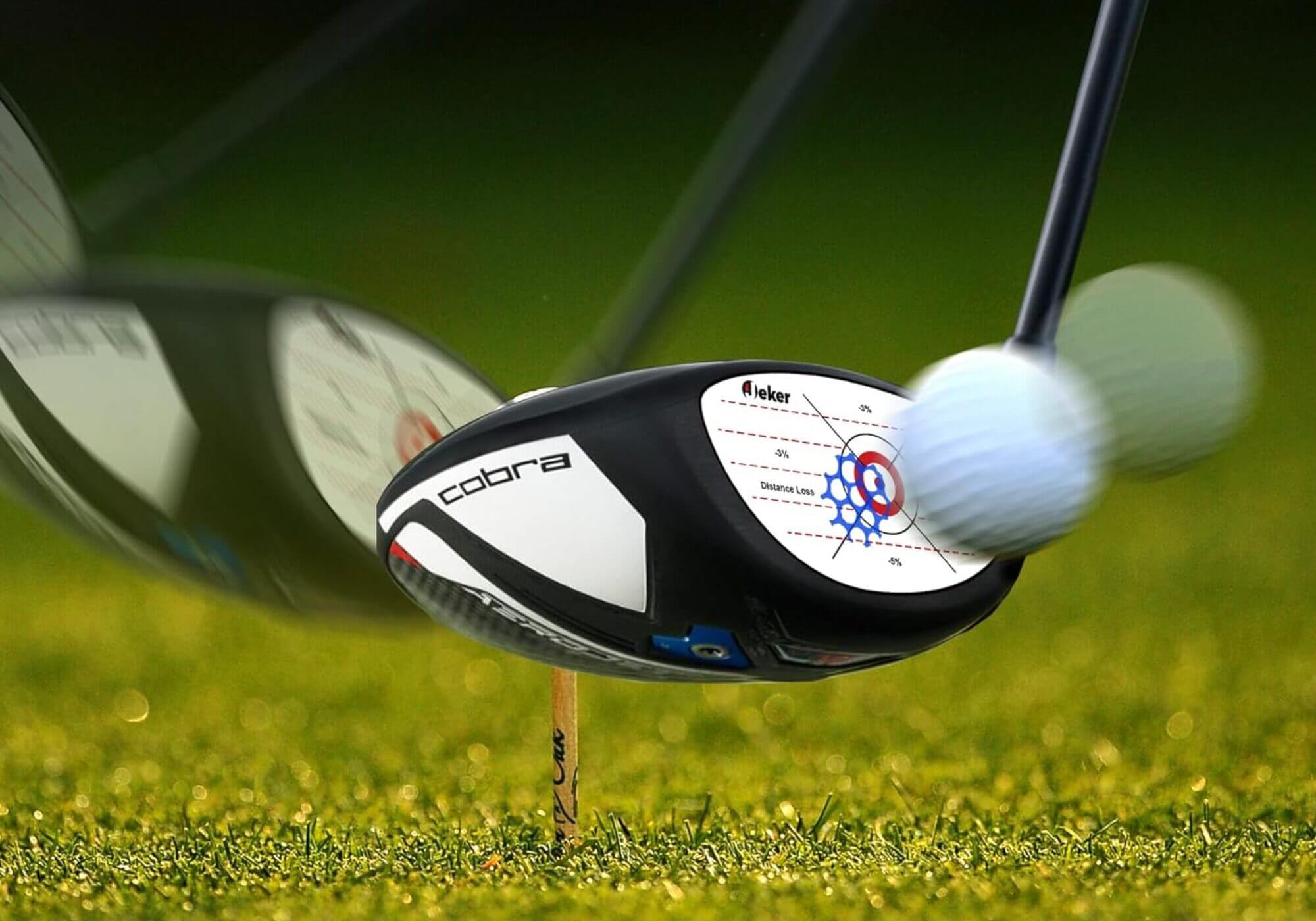When diagnosing driver issues, it’s essential to remember that problems aren’t always directly related to the clubhead. The golf club shaft plays a big role in performance. That’s why a proper fitting that examines both the driver head and shaft is important. Our 2025 Best Golf Drivers testing revealed substantial differences in performance depending on swing speed. If your driver feels mismatched, either too slow or too fast for your swing speed, look for these signs.
Your launch angle is too high or too low
Using a launch monitor can quickly identify whether your launch angle is optimal for your swing speed. According to TrackMan, the recommended driver launch angles based on swing speeds are:
| Swing Speed (mph) | Optimal Launch Angle (degrees) |
|---|---|
| 105+ | 10–16 |
| 97–104 | 12–16 |
| 84–96 | 13–16 |
| <84 | 14–17 |
If your numbers deviate significantly from these recommendations, your current setup may not be optimized for your swing speed.
Your spin rates are extreme (high or low)
While you’re checking your launch angle, take a look at the spin rates as well. Spin rate directly influences trajectory and distance. The following are optimal spin rates for drivers based on Trackman data.
| Swing Speed Category | Swing Speed (mph) | Optimal Spin Rate (rpm) |
| Very Fast | 105+ | 1750–2300 |
| Fast | 97–104 | 2000–2500 |
| Average | 84–96 | 2400–2700 |
| Slow | <84 | 2600–3100 |
Extreme spin rates that are too high can cause ballooning of your drive. If the rates are too low, you’ll struggle to get the ball up high enough.
You can’t keep the ball in play, even on good swings
Distance is great but only if the ball remains playable. When we measure forgiveness in driver testing, we examine the ability to achieve consistent results. If you have no consistency in your long game, the clubs could be what’s holding you back.
These were the most forgiving drivers for 2025 in each swing speed category. If you’re struggling to achieve consistency, even with a good swing, it may be worth trying one of these and observing the differences.
| Swing Speed | Most Forgiving Driver |
| High (105+ mph) | Srixon ZXi Max |
| Mid (90–105 mph) | PING G430 Max 10K |
| Low (<90 mph) | Sub 70 859 Pro |
You struggle to find the center of the face
Impact tape can help diagnose center-face contact issues but figuring out why you’re missing the sweet spot is key. Sometimes, it’s swing-related with issues such as poor tempo, early extension or inconsistent ball position.
But it can just as easily be the club.
- A driver that’s too long makes it harder to make center contact.
- A shaft that’s too stiff or soft can throw off timing.
- The wrong head shape can affect how confident and square you feel at address.
These variables can all contribute to heel or toe bias and a proper fitting helps isolate the cause so you’re not left to guess.

You feel like you have to swing hard or soft to make it work
A proper fitting should match your natural tempo and transition, not force you to swing harder or softer. As Tom Wishon explains:
“Golfers vary a lot in the speed, force and tempo of their transition … Typically, if you have two golfers with the same clubhead speed, the one with a more forceful transition move will do better with a stiffer shaft … A strong/forceful transition with a very light shaft can result in a swing tempo that gets too fast and too inconsistent.”
Smart fitting takes into account not just your swing speed but also how aggressively you initiate the downswing. If you ever find yourself holding back or hitting too hard to feel centered, that’s a clear sign the shaft, and possibly the club, is mismatched to your natural swing flow.
Your dispersion pattern is wide, even when your swing feels consistent
During our 2025 driver testing, we found that some drivers produced the longest drives in the field but consistently ranked at the bottom when it came to hitting the fairway. Raw distance means little if you can’t control where the ball goes.
This is where swing speed–matched drivers stand out.
The right combination of shaft and head design can help square the face more consistently, stabilize mishits and tighten your shot pattern. Conversely, a mismatch can lead to flyers, blocks and hooks even with a repeatable swing. That’s why it’s so important to fit for accuracy, not just distance.
If you know you need something more accurate and swing-speed appropriate, here are the drivers we saw perform the best at each swing speed:
| Swing Speed | Most Accurate Driver |
| High (105+ mph) | PING G440 SFT |
| Mid (90–105 mph) | Callaway Elyte Triple Diamond |
| Low (<90 mph) | PING G440 SFT |
Final thoughts
Don’t let your driver hold you back. If these signs resonate, it might be time to reassess your equipment through a professional fitting. For more information on the drivers that performed well at every swing speed, take a look at our complete testing results:
The post 7 Signs Your Driver Isn’t Built For Your Swing Speed appeared first on MyGolfSpy.
